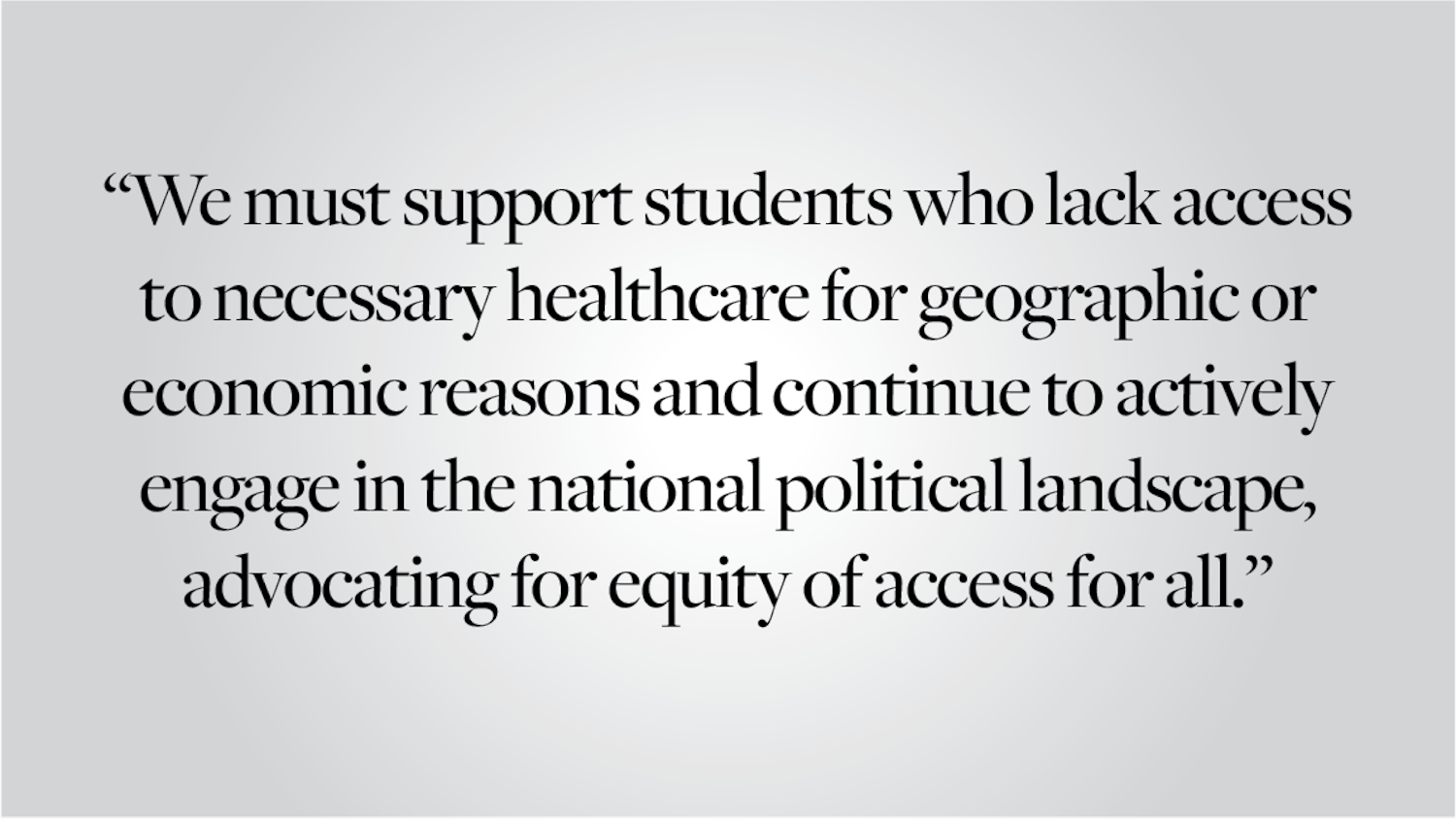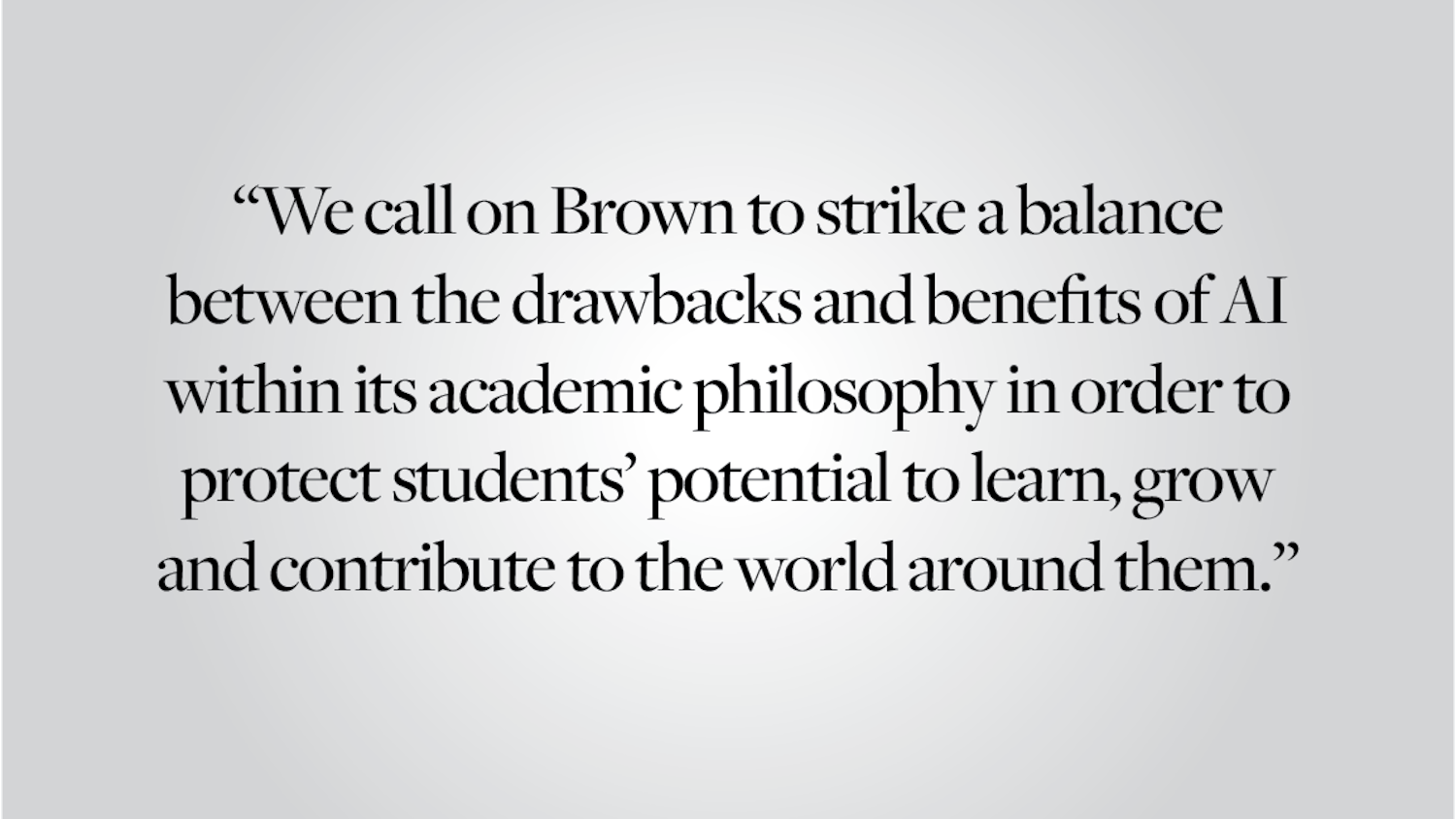The sexual assault statistics released Monday by the University are atrocious but not unexpected. From the rape lists scribbled on the bathroom walls of the Rockefeller Library in 1991 to the Imagine Rape Zero movement of the past few years, Brown has a long history of students demanding justice for survivors of sexual assault. Students have marched, protested and held press conferences demanding that the Brown administration and culture change to address this problem, instead of simply pretending it does not exist. While we are excited that this groundbreaking national study now exists to empirically confirm what so many students have experienced and fought against, collecting data is only a small part of creating an institutional and cultural solution.
There is no need to editorialize the numbers specific to Brown released in the Campus Climate Survey on Sexual Assault and Sexual Misconduct. According to the report, “25 percent of Brown undergraduate women and 6.8 percent of undergraduate men who participated in the survey experienced either unwanted sexual touching or attempted or completed penetration due to physical force or incapacitation.” These numbers confirm the much-cited nationwide statistic — one in four women experience sexual assault in college — demonstrating that the rate of sexual assault is indeed an epidemic amongst Brown students.
Sadly, students expressed a lack of confidence in the administration to do anything about this epidemic. When asked if they believe that campus officials would “conduct a fair investigation in the event of a report,” 15 percent of female undergraduates and 27.3 percent of male undergraduates responded that it was “very or extremely likely” that there would be a fair investigation. Furthermore, about half of students believed that campus officials would take sexual misconduct allegations seriously. Students also had little faith in the Brown community as a source of support: When asked about “the likelihood that the alleged perpetrator or their associates would retaliate against” a survivor in response to a reported incident, 28.2 percent indicated that it is “very or extremely likely that retaliation would occur.” Unfortunately, it seems the campus community — not solely the administration — may also fail survivors.
Sexual assault affects everyone on this campus, particularly women of color, people with disabilities and trans, genderqueer or gender nonconforming students. Curiously, the report failed to elaborate on the specific experiences of the groups above, possibly for statistical or political reasons. Regardless, our Brown community cannot continue to deny or question the validity of the prevalence of sexual assault on this campus: When asked “how problematic sexual assault or sexual misconduct is at Brown University,” 34.6 percent reported that it is “very much or extremely problematic.” It is with great sadness and anger that we read that 20.5 percent of seniors who took the survey “experienced sexual contact involving penetration or sexual touching involving physical force or incapacitation since entering Brown University.”
For decades, students have said sexual assault was a problem, and now thanks to these survey results, we can indeed prove that sexual assault is a problem on this campus. The validation of this epidemic’s existence is important, but little headway will be made as the University continues to fail to earn the trust of a disappointed student body.
Editorials are written by The Herald’s editorial page board: its editors, Manuel Contreras ’16 and Meghan Holloway ’16, and its members, Emma Axelrod ’18, Noah Fitzgerel ’17 and Aranshi Kumar ’17. Send comments to editorials@browndailyherald.com.




